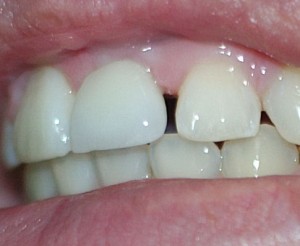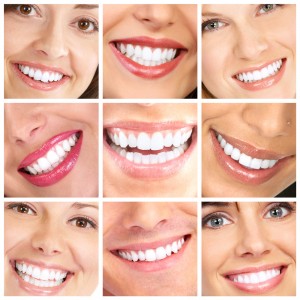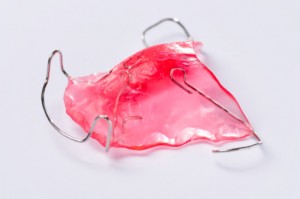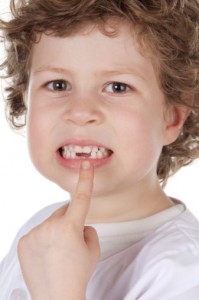 It happens every year around this time, especially after Christmas. Soon, all the talk will be about New Year’s resolutions. Exercising and losing weight are probably the two most common you’ll hear. Eating right is another popular pick.
It happens every year around this time, especially after Christmas. Soon, all the talk will be about New Year’s resolutions. Exercising and losing weight are probably the two most common you’ll hear. Eating right is another popular pick.
What you don’t hear too often, though, is “I resolve to visit my dentist every six months,” or “I resolve to brush twice a day everyday, floss at least once a day, and gargle with a quality mouthwash at least once a day.” But these are exactly the kinds of resolutions many could benefit from making.
Every year, millions of people avoid going to the dentist, whether because of anxiety or another reason. That means that millions of people may not be giving their smile the care it needs to remain strong and healthy.
Regular dental visits and daily brushing and flossing are important because they help you keep bacteria and plaque from building up between your teeth and gums. Bacteria and plaque are what lie behind tooth decay and gum disease, but they have also been linked to problems in the rest of the body, too.
So, looked at from that perspective, resolving to visit your dentist twice a year and pay extra attention to your brushing and flossing isn’t about improving your smile—it’s about keeping your whole body healthy. And that’s a resolution anyone can get behind.

 Diastema is a term used to describe a gap between two teeth. Many celebrities have a diastema including Madonna, Eddie Murphy, Jack Black, Lauren Hutton, Amelia Earheart, and Willie Nelson. For some people, a diastema makes their smile unique, and they choose to keep the charming midline gap.
Diastema is a term used to describe a gap between two teeth. Many celebrities have a diastema including Madonna, Eddie Murphy, Jack Black, Lauren Hutton, Amelia Earheart, and Willie Nelson. For some people, a diastema makes their smile unique, and they choose to keep the charming midline gap. You probably have memories of your own Halloweens when you were a kid. You know what that sense of anticipation feels like waiting for Halloween to come, and that giddy, nervous sensation as you stand on a neighbor’s porch, waiting for candy.
You probably have memories of your own Halloweens when you were a kid. You know what that sense of anticipation feels like waiting for Halloween to come, and that giddy, nervous sensation as you stand on a neighbor’s porch, waiting for candy. Toothaches, and attempts to cure them, have no doubt been around as long as we have. In fact, researchers discovered evidence of tooth drilling that took place more than 9,000 years ago. It seems some enterprising dentist-in-training put down his spear and picked up a crude dental drill to fix cavity-ridden molars in his fellow Neolithic man. The good news is that the process was unbelievably precise and took about minute. The bad news? No anesthesia!
Toothaches, and attempts to cure them, have no doubt been around as long as we have. In fact, researchers discovered evidence of tooth drilling that took place more than 9,000 years ago. It seems some enterprising dentist-in-training put down his spear and picked up a crude dental drill to fix cavity-ridden molars in his fellow Neolithic man. The good news is that the process was unbelievably precise and took about minute. The bad news? No anesthesia! Nineteenth century novelist George Eliot once said, “Wear a smile and have friends; wear a scowl and have wrinkles.”
Nineteenth century novelist George Eliot once said, “Wear a smile and have friends; wear a scowl and have wrinkles.” and even protozoa. A few help promote good oral health, some do you absolutely no harm, and others meet their fate in saliva or your belly.
and even protozoa. A few help promote good oral health, some do you absolutely no harm, and others meet their fate in saliva or your belly. For a kid, losing baby teeth is the ultimate sign of growing up. They compare notes with their friends on how many teeth they’ve lost and who lost them first. And while your little one is just excited to show off the space where a tooth used to be, you may be wondering exactly what to expect about the departure of those deciduous teeth.
For a kid, losing baby teeth is the ultimate sign of growing up. They compare notes with their friends on how many teeth they’ve lost and who lost them first. And while your little one is just excited to show off the space where a tooth used to be, you may be wondering exactly what to expect about the departure of those deciduous teeth.